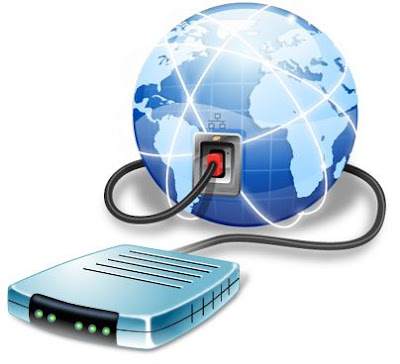All the PC
users' common problem is Virus. Viruses can enter into your system
through various ways. Some type of viruses can completely destroy or
hide your important data from your hard-disk and push you into big
trouble. So you should use a secure and trusted anti-virus software to
protect the computer system against viruses and malware.
Bitdefender Internet Security, this is one of the most trusted anti-virus solution for Windows computers. We all know that last year Bitdefender Internet Security has won the award for being the best security product of the year. Bitdefender gives you the real time protection from viruses to computer system and it consists many security tools like ID Theft protector and Social network protection.
Today I'm gonna share a good news for Bitdefender users. Now Bitdefender
offers you a new giveaway for Bitdefender Internet Security 2013 with 1
year genuine licence key.
How to get this offer from Bitdefender?
Download Bitdefender Internet Security 2013 setup file to computer.
After the downloads completes, install the setup file.
Bitdefender Internet Security, this is one of the most trusted anti-virus solution for Windows computers. We all know that last year Bitdefender Internet Security has won the award for being the best security product of the year. Bitdefender gives you the real time protection from viruses to computer system and it consists many security tools like ID Theft protector and Social network protection.
Download Bitdefender Internet Security 2013 setup file to computer.
After the downloads completes, install the setup file.
Then active Bitdefender Internet Security 2013 for 1 year with any of following serial key.
Q5YW7GP
3NVQXKI
Note: Active Bitdefender Internet Security 2013 before 30 days.
![Download Bitdefender Internet Security 2013 with 1 Year License Key [Giveaway] Download Bitdefender Internet Security 2013 with 1 Year License Key [Giveaway]](https://blogger.googleusercontent.com/img/b/R29vZ2xl/AVvXsEjmKkVnS6tddWhOOaQ-YoJ6SeZu-c32eUZqgMMC00nLOtHaGV34VJkhe5yQ7j6jrXbhL0dFKmYvxBVCWcy6P4iNgbPu4fUWHuCEH5Mw7i2FdbEWrqk2woFYBr-8f5FyuR2O_VoQK_8zChc/s320/bitdefender+free+download.JPG)
![Download Bitdefender Internet Security 2013 with 1 Year License Key [Giveaway] Download Bitdefender Internet Security 2013 with 1 Year License Key [Giveaway]](https://blogger.googleusercontent.com/img/b/R29vZ2xl/AVvXsEhcW8YrUjQjXq5Vc46yk8h6K51V8bvpgqQ9NZ2bVTS5iwQ0lSFu0K9Uk24F8cxi7ZzGwSjAP7ERthYrfOvjBM7lCXvJhrrIf5MfeeRmFPAxxByr4HgxEbA8kXDgVFsh4wxMKlbNw_gCUA4/s1600/bitdefender+free+download.JPG)








